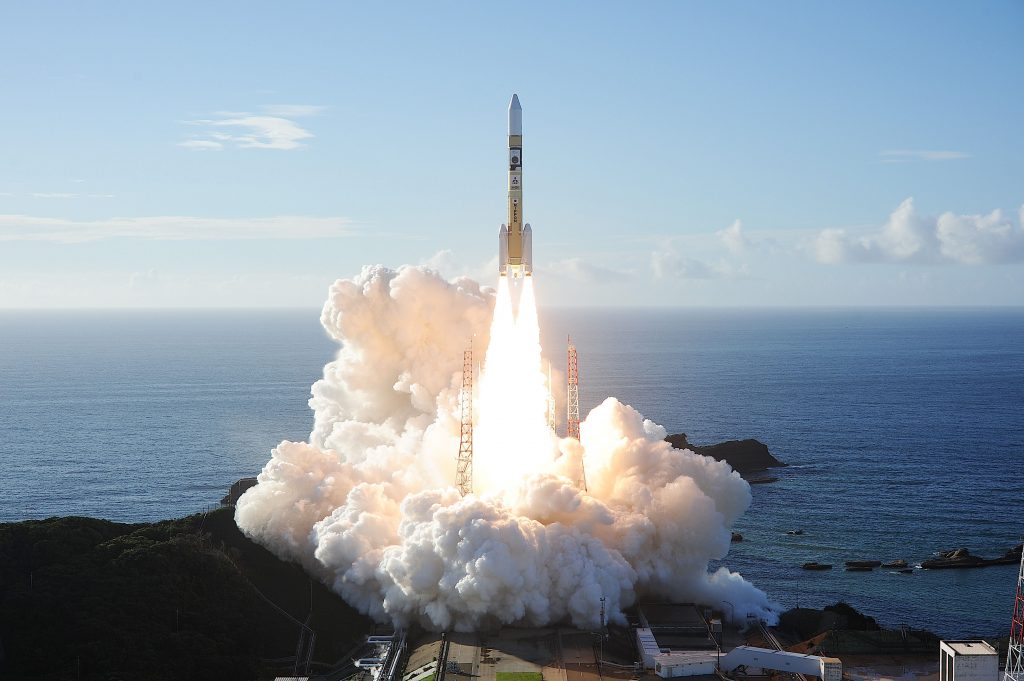
- ARAB NEWS
- 03 Jul 2025

James B. Cole
The United Arab Emirates recently succeeded in sending a satellite bearing scientific instruments on its way to Mars. “The UAE of all places?” you might ask. What can the UAE offer to the world by that and why would it care about Mars?
Why should anyone care about Mars? We are threatened by deadly pandemics, environmental degradation and wars. Should we not solve the problems of our planet Earth before exploring Mars?
The answer is clear: No! The problems of Earth are precisely why we should explore Mars, and indeed the Universe in which we live.
We live to dream and we dream to live. Humans are meant to dream. A person that has no dreams and no curiosity has no future. It is our duty to ourselves and to future generations to look beyond our narrow everyday existence to explore the Great Unknown. It seems almost miraculous to me, but pure curiosity and grand projects can generate spinoffs that bring unanticipated tangible benefits that improve human society.
Humans are meant to dream. A person that has no dreams and no curiosity has no future.
James B. Cole
One of the earliest grand human projects was the Great Pyramid of Pharaoh Khufu. Just a tomb for one man? No, it was much (much!) more…
First, the Egyptians had to decide what to build, where to build it, and how to build it. They had to marshal the raw materials, process them, and then transport and utilize them at the construction site. Everything had to be coordinated according to a precise schedule. This process developed the skills of countless scientists, architects, craftsmen, construction workers and administrators. You can read a fascinating account in the diary of Merer that was recently discovered in a cave on the shore of the Red Sea. Merer was a mid-level official in charge of delivering construction materials to the building site.
And so it was to send a satellite to Mars. What to do and how to do it had to be carefully decided. Resources had to be procured and teams had to be assembled, trained and deployed. Such a project does not just benefit curious scientists or glorify a leader – it develops the skills, confidence and pride of the country’s citizens. It diffuses knowledge and skills into the community that can be applied to other purposes. It serves humanity and fulfils a dream.
I was a schoolchild in Chicago when the Soviet Union launched the first humans into space. Our class had done badly on a mathematics examination and our teacher scolded us and urged us to study harder. We did. To explore space, the US government needed educated people and invested heavily. I was a beneficiary, and the US became a great economic and scientific power. The mission to the Moon yielded technological spinoffs that continue to benefit all humanity and enrich people’s lives.
You may say that the UAE could not do it alone. Neither could America. The first American rockets were developed with the help of World War II-era German scientists who had designed the famous V2. The great physicist Isaac Newton “stood on the shoulders of giants” (Galileo was one of them). We all stand on the shoulders of giants – our teachers – and we learn from them. I am now a teacher, and like all teachers, I am happy – indeed honored – when my students go beyond what I could do. That is how humanity advances.
“Of what use is a newborn baby?” This was Michael Faraday’s answer to someone who asked what the practical use of electricity was.
Let us therefore welcome a newborn member of the scientific space exploration community: the UAE. A small step for a country and a great stride for humanity. Let us convey our best wishes that the UAE will grow into a giant on whose shoulders others will one day stand.
Cole has done research at NASA, worked in various US government laboratories and served as a faculty member at the University of Tsukuba in Japan. Originally from Chicago, he is currently a visiting professor at the US Air Force Institute of Technology, where he develops algorithms for machine learning.